Kloboucká lesní s.r.o.
Vlárská 321
763 31 Brumov-Bylnice
T +420 577 320 134
M info@klobouckalesni.cz
 0
0
Kloboucká lesní s.r.o.
Vlárská 321
763 31 Brumov-Bylnice
T +420 577 320 134
M info@klobouckalesni.cz

A neat pile of logs of correct length and width lies on the roadside landing. We fell in such a way so as not to hurt the local undergrowth or damage the roads. We are simply being considerate to our surroundings – after all, we will be the ones returning to the same forest later on.
Men with saws and harvesters enter the forest. What we use depends on our surroundings – we use both from the very first steps of thinning up until the resumption of logging. We have technology and equipment for both of these methods. In any case, we always check the trees designated for logging in the first place and then we recommend the right method.
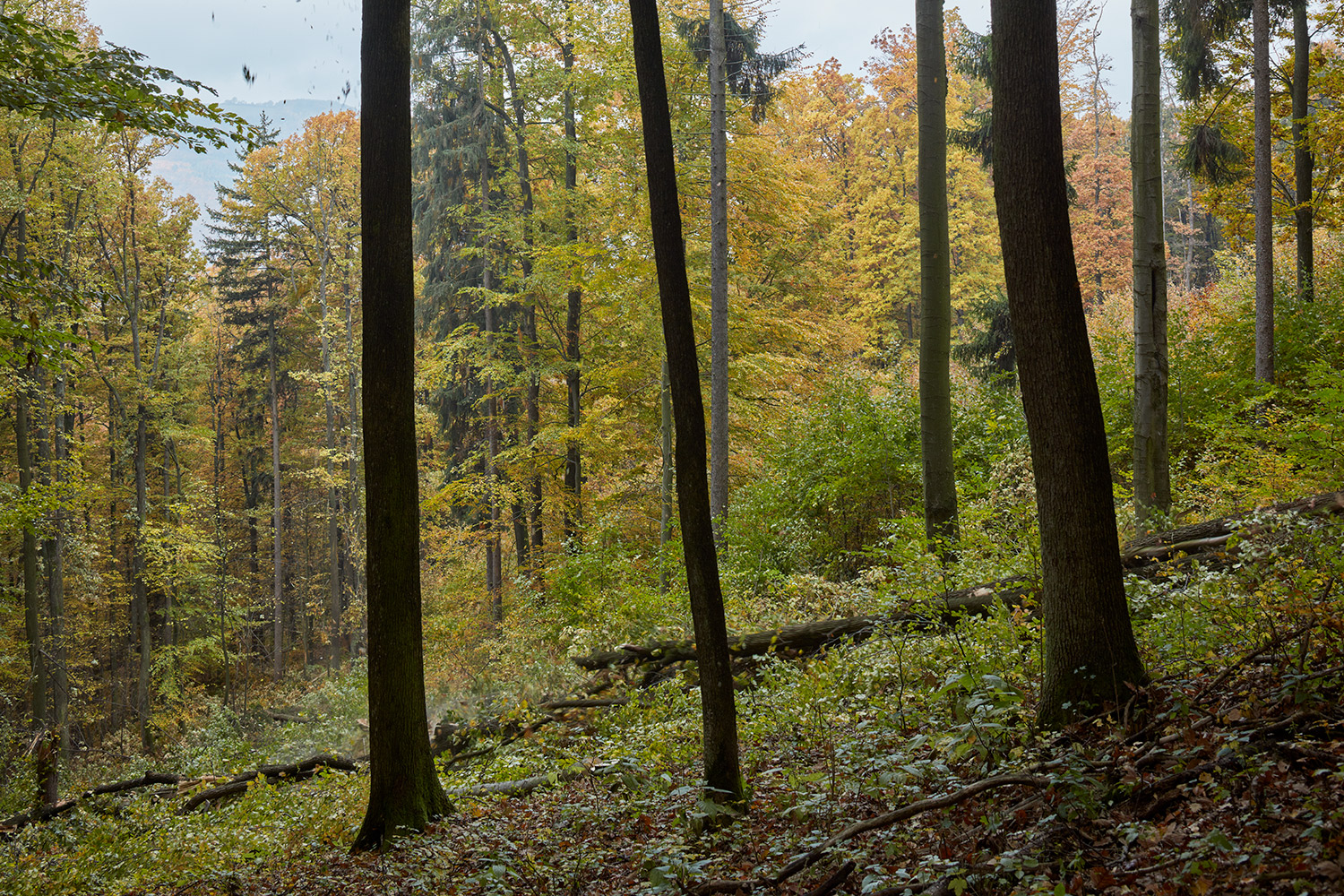
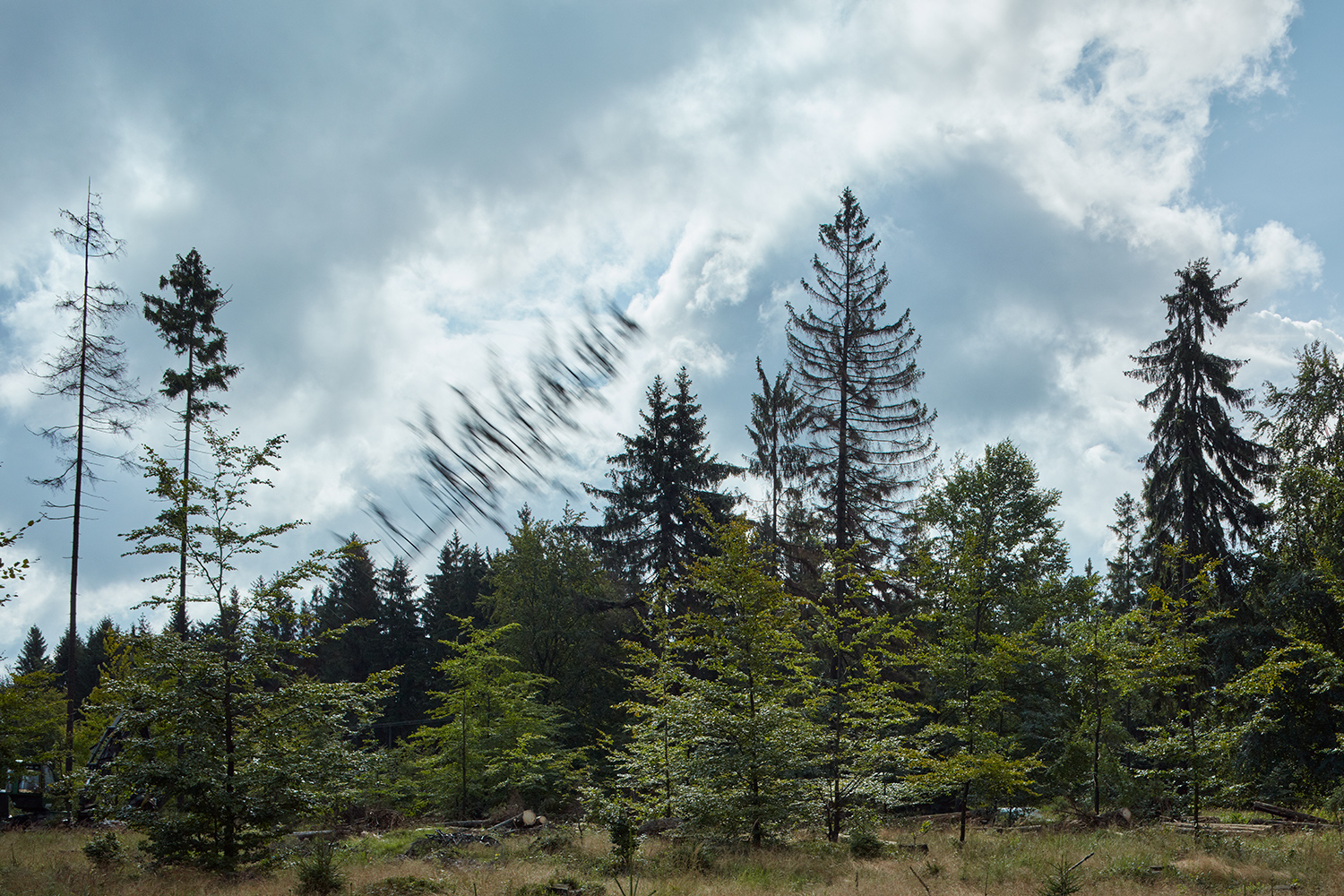
The felled trees comply with the correct length standard. This is because of our skilled employees and, if our technology is used, well set machines. We take care of both of these. Poor logging quality results in the creation of residue and decades of hard work and additional care come to waste.
Before the trees are taken to the roadside landing, they are delimbed and bucked. The tree trunk is not the only thing we utilize, though.
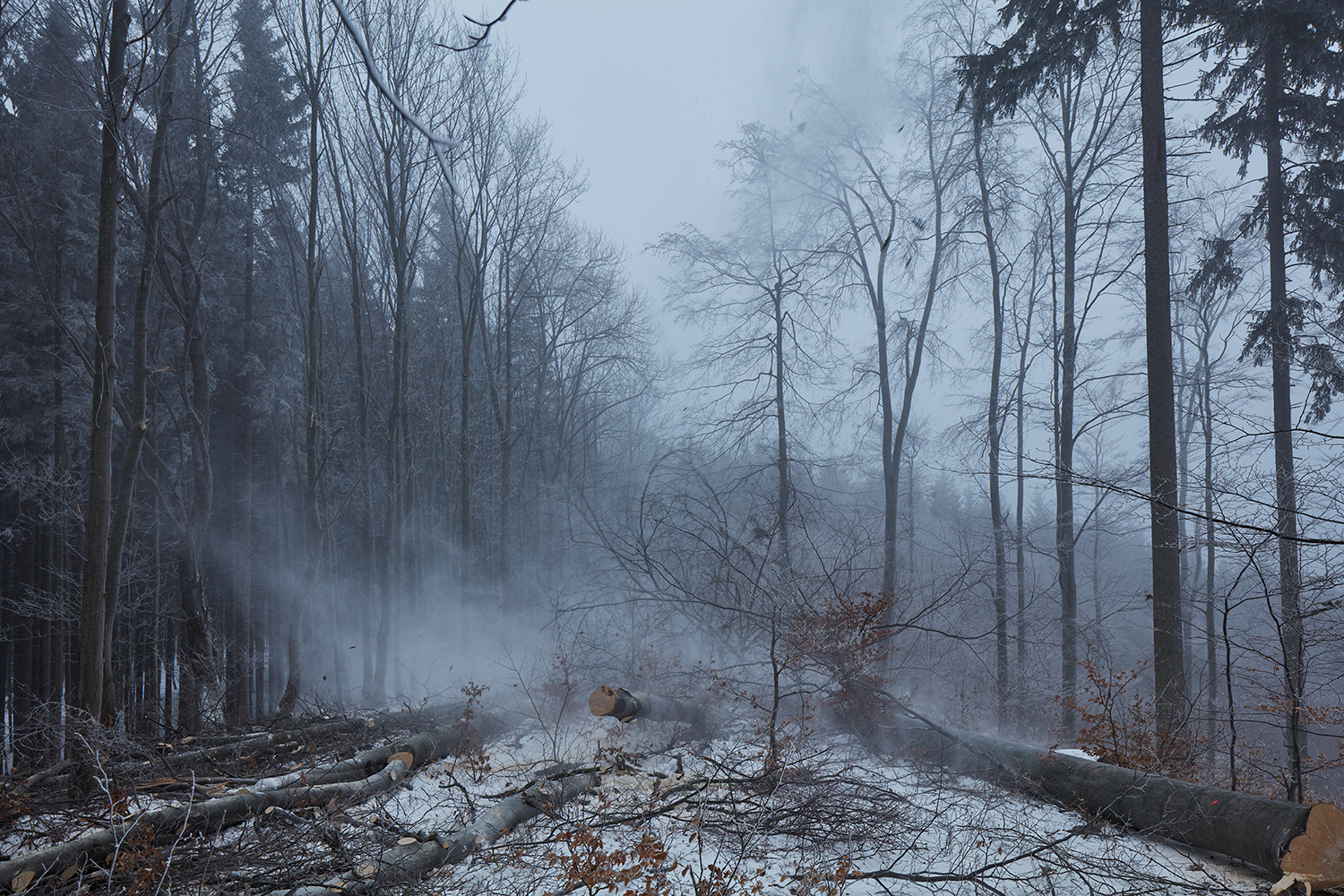
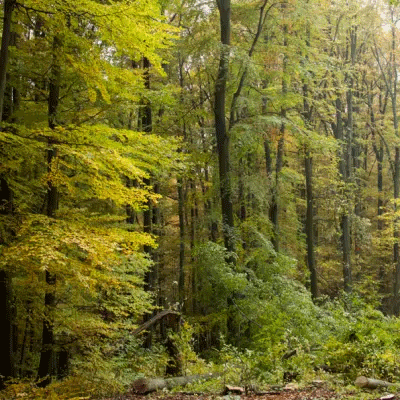
After we move the felled logs, slash piles are left behind in the clearings. If needed, and if the conditions permit, we pick them up and take them away to be processed as biomass.
The roads get cleaned up, too. Forwarders have a ploughshare to manage the basic cleanup by themselves. Where they fall short, we use excavators. Usually, none of this is needed, though – when a skilled operator uses the appropriate machine, the surrounding undergrowth and soil don’t suffer any damage.
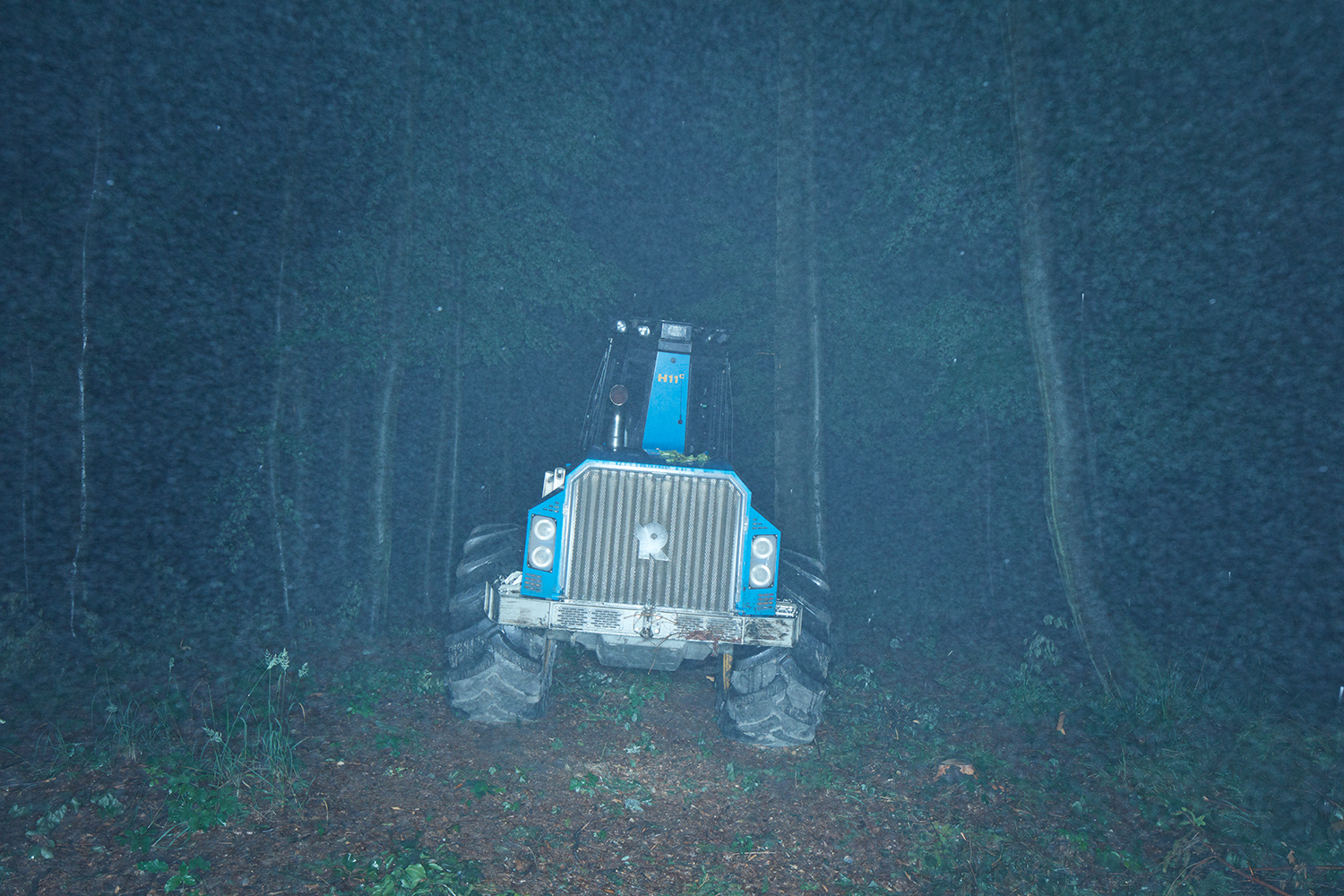
On occasion, our employees have been coming to a particular forest since its first thinning. Therefore, they know the logging site as well as our operators know their machines.
DID YOU KNOW...?
Harvesters are also useful during renewal logging of young trees. In a combination with pre-cutting done by hand, a skilled operator can minimise the damages done upon a natural renewal of the forest and therefore there is no need for reforestation after the logging.
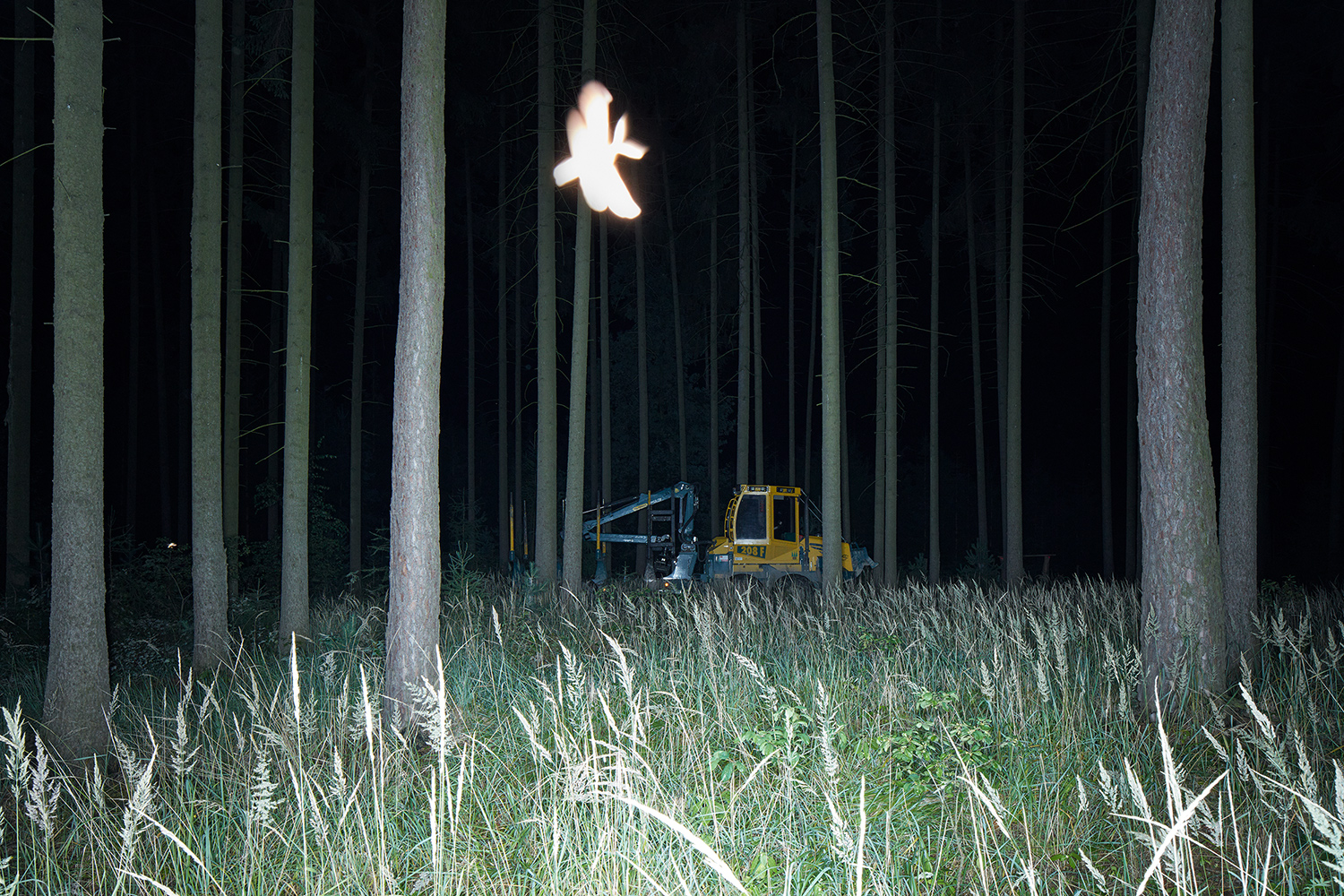
Lumber logging is an important chapter in the story of Kloboucká lesní, but it isn’t the only one. A commercial forest needs constant care and the lumber needs to be transported to our sawmill.
Technology is under the wings of Karel Viačka. He is prepared to answer all your questions: +420 731 674 653.